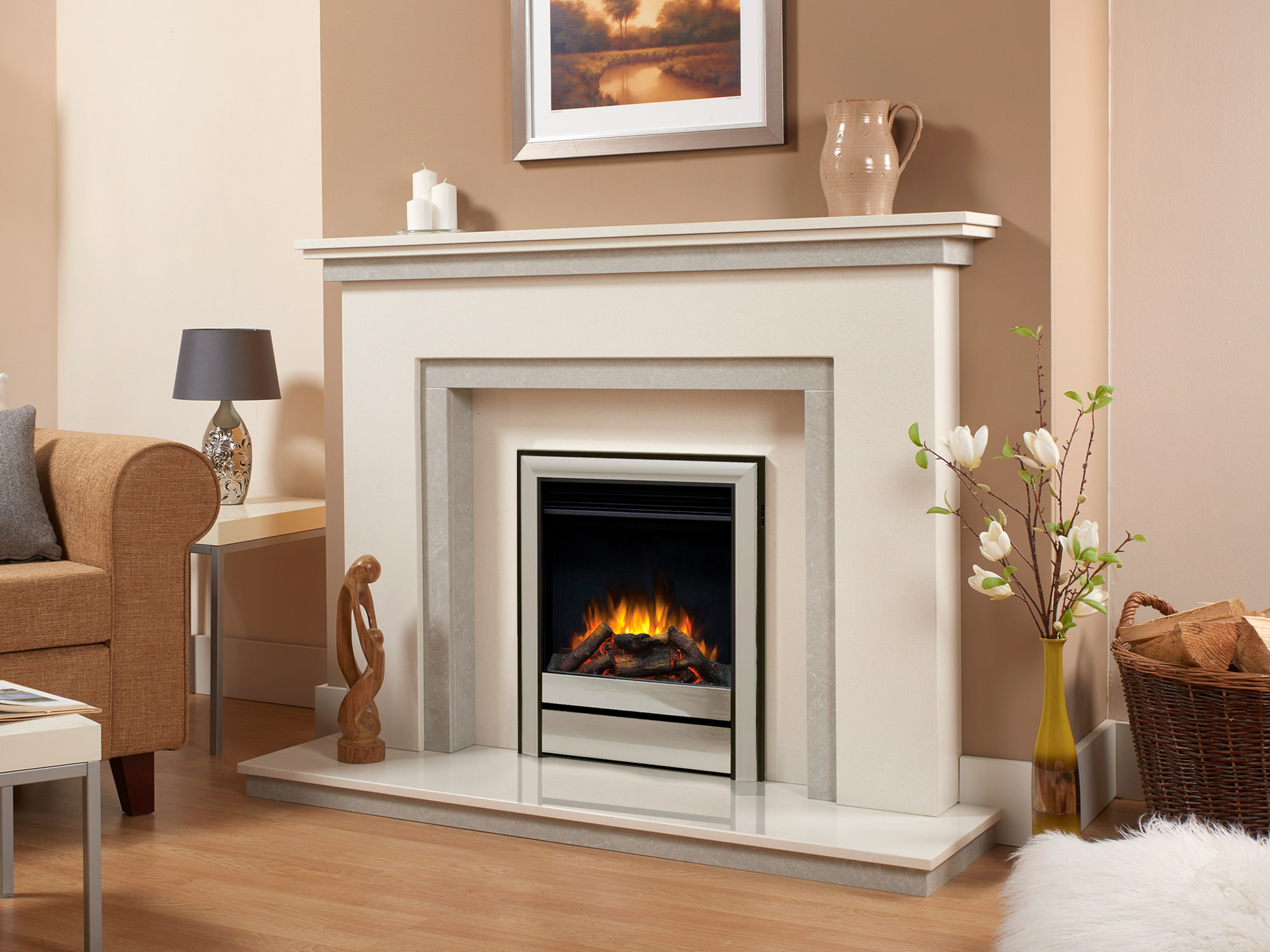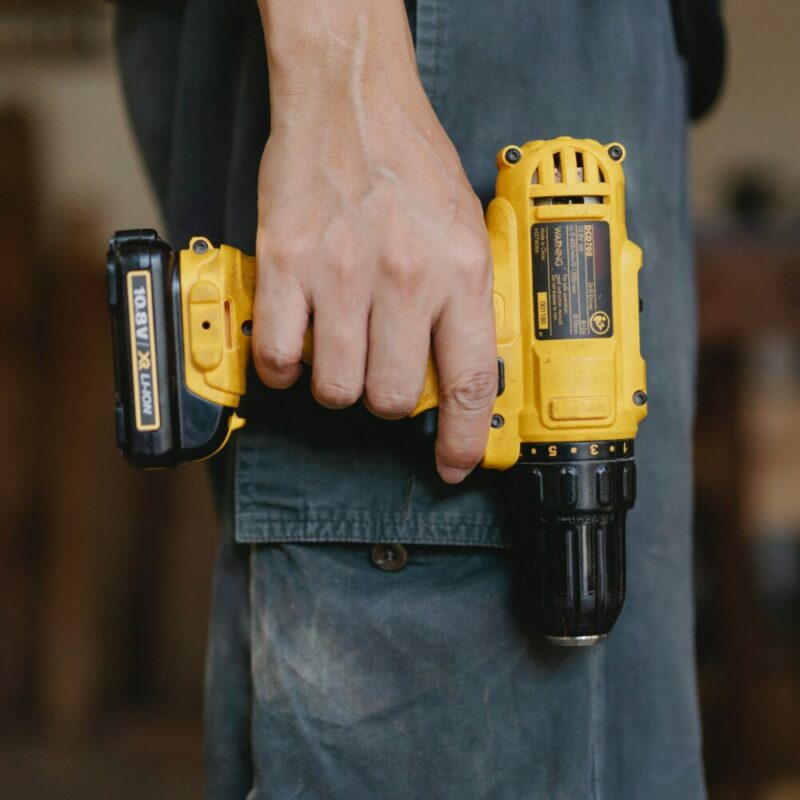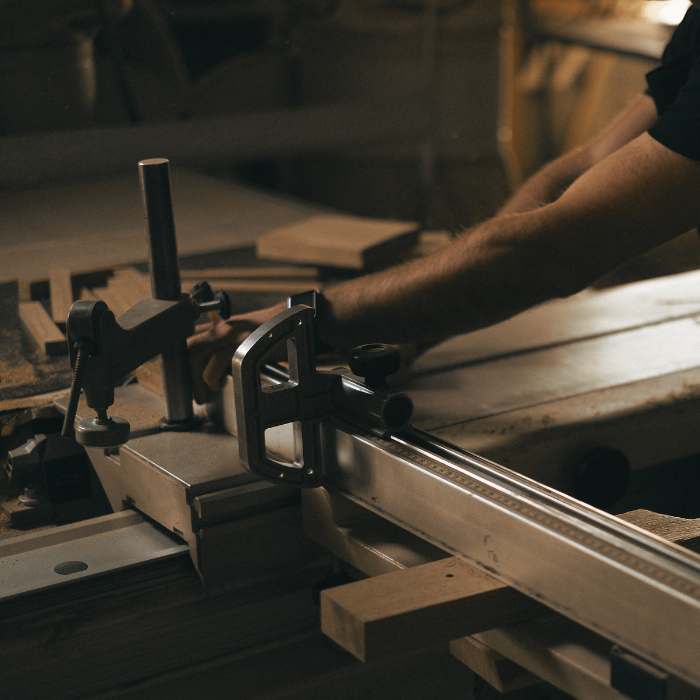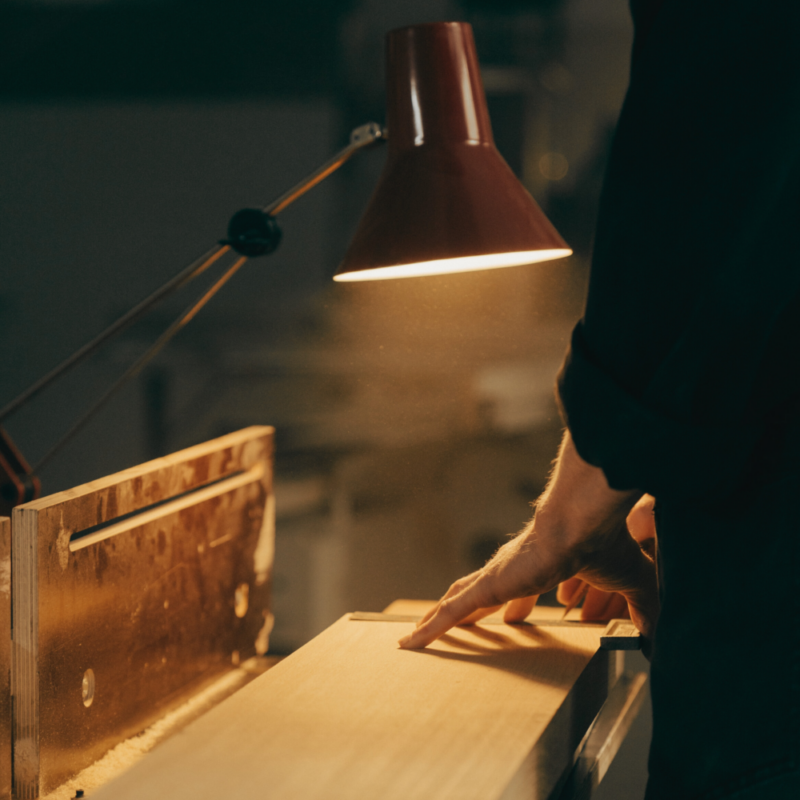Uncategorized
I Don’t Know, I’m Fluless. Which Gas Fire, Which Flue?
“
I Don’t Know, I’m Fluless. Which Gas Fire, Which Flue?
In Support of National Gas Safety Week 2013. This is the penultimate article in a series of five short articles which fireplace.co.uk have commissioned in support of National Gas Safety Week. These articles are being released on a daily basis throughout the week. The focus of this article is to identify the different types of flues and what types of fireplaces and stoves are available and how to match the fireplace or stove to the different types of chimneys and flues.
In the past few decades or so there has been a huge insurgence of the installation of fires and fireplaces back into the family home as people reinstate, the character, the opulence and the sheer luxury of reconnecting with what some deem as a primeval relationship between fire, warmth and comfort. A gas fire or boiler like any other form of combustion fuelled by gas, oil, coal, or biomass such as wood or wood products requires the venting of the waste products of combustion, smoke. One does wonder at what point in history our distant ancestors made the link between smoke as more than an aggressive irritant to a life threatening noxious gas (see the dangers of Carbon Monoxide poisoning}. How many of our ancestors were dragged lifeless out of smoke filled homes, huts, and caves to be cremated or buried before the village elders, clan chiefs, witch doctors, or medicine woman forbade the lighting of fires in small confined unventilated spaces. Today’s narrative is little different concerning the installation of modern gas boilers and fires, or alternatively fuelled combustion fires.
Modern day gas fires are available in many designs from inserts to free standing stoves which are designed to replicate their wood or coal burning counterparts. Up to date technologies and the advancements in gas fire production has seen the advent of simulated log and coal fireplaces and stoves that are indistinguishable from the real thing and which are capable of high fuel-heat efficiencies. Many of these appliances can be run on either natural gas or with the relevant modification by a suitably qualified Gas Safe registered engineer be fuelled by LPG. There are literally hundreds of models and designs to choose from each possessing the ability to enhance the style, interior, or décor of any home regardless of budget. There are even portable gas fires available.
All combustion fires including gas fires require venting or adequate ventilation not only for the provision of take up air, the air the fire needs to sustain efficient combustion but also to enable the evacuation of the waste products of combustion. Smoke and fumes generated from the burning of gas includes such noxious chemicals as nitrogen, particulates, oxygen, carbon monoxide, nitrogen oxide, hydrocarbons, and sulphur oxide. Not only are these fumes damaging to the environment but they are also potentially extremely harmful in the long and short term to human health and wellbeing (for further information on the effects of Carbon Monoxide click here)
All gas fires need adequate ventilation to provide air for the appliance to burn safely and to carry away the waste products produced by the appliance. The take up air (air required to maintain combustion (see the Myth, the Science, the solution… for more information) is usually supplied, except in the case of a balanced flue appliance by an airbrick or vent. These air bricks and vents should never be blocked and care should be taken when carrying out building work or insulating your property. Gas fires and stoves like their close cousins, open fires, stoves and oil fired appliances need to get rid of the waste gases produced as a by-product of the combustion of the fuel. The flue or chimney is a channel that allows the waste products or smoke of combustion to find there way outside to the external air. Most modern gas fires need a flue or chimney although there a few exceptions as we will see. The type of flue or chimney your property has or you are willing to have installed will to a greater or lesser extent dictate the type of gas fire or stove you can have.
In very basic terms there a three types of gas fire and stoves. The direct vent or balanced flue, the top vented or chimney vented appliance, and the fluless gas fire or stove
Firstly the direct vented or balanced flue appliance where no chimney is required all that is needed is a hole in an external wall. The fire or stove is vented through an external wall. The vent pipe is usually two pipes one inside the other. The outer pipe draws air in from outside to fuel the fire whilst the inner pipe evacuates the waste products from the combustion safely outside. Balanced flue appliances are very safe and efficient as they are in effect a sealed unit not drawing air from the home to fuel the combustion. In this way they avoid many of the problems associated with depressurisation of the home and smoke spillage ( see link above The Science, the Myth…..for more details concerninv depressurisation and smoke and fume spillage) .
It is always wise, recommended and in some circumstances a legal requirement to install both smoke and carbon monoxide alarms and to follow the manufactures maintenance schedules using a Gas Safe registered engineer and registered chimney sweep. Balanced flue fires or stoves usually have a glass front or doors. They offer a lot of flexibility in where they can be sited and installed they must be positioned on an external wall. Balanced flue fires and stoves are generally considered quite expensive to buy and install in comparison to a fluless gas fire. There are many installation options and finishes to choose from. A free standing stove may only need a rigid pad to stand on whereas an inbuilt fire place can be finished in tile, brick, marble, granite and limestone and finished off with a bespoke hard or soft wood mantle (See Building Regulations-Hearths for more information).
(Class 1, Class 2 and a precast flue)
With the third and final category of gas fire and stoves we move to truly fluless appliances. The beauty of a fluless fire is it can be fitted to any wall within a home , with very low installation cost, with a few exceptions such as bathrooms and bedrooms. There is a requirement that the room meets minimum size and ventilation standards and that there is an opening or louvered window within the room. Many within the industry including hearth experts and manufactures advocate that fluless gas fires should be used as secondary or supplementary heat source and occasional use rather than be used to provide the primary heat for the home. Saying that fluless fires are 100% fuel efficient and are equipped with an oxygen depletion sensor (ODS) which automatically extinguishes the fire off when the oxygen levels in the room drop below a set level. Many of these fires and stoves require zero or minimal clearances so can be fitted against or very close to the wall. A range of styles are available which include wall mounted and recessed into the wall options. Again similar options are available to provide the architectural finish to the fire you choose and in fitting with your home.
There is another fluless range of fire available the power flue option. This range of fire is ideal where the chimney on an older property is unserviceable or in a new builds where there is no chimney or a pre-cast flue. A fan assisted power flue gas fire has an electronically controlled fan system terminating on an outside wall which draws the waste products of combustion outside. There are a number of drawbacks with these fires first and foremost they are very noisy when in use due to fan noise and have to be situated on an outside wall. There are also more moving parts, more to go wrong within the fire itself . The fire is also reliant upon an electricity supply and will not work in power cuts etc. Most people choose the balanced flue gas fire option in preference to power flue fires.
Now you the reader have a better understanding of the flue requirements for each type of gas fire and stove available in the market you just need to ascertain what sort of flue or chimney you may have in your property. A masonry chimney needs little introduction or explanation. You will be able to see a chimney pot or stack protruding above the roof line. A masonry chimneys’ integrity will need to be checked by a Gas Safe registered engineer. The engineer will check the structure of the chimney and carry out a smoke test to test that the chimney is performing as it should and to check there are no leaks. If a leak is found it is easily be repaired by installing a flexible chimney liner. To retain the chimneys class 1 status the liner will need to seven inches or more in diameter (see Building Regulations-Chimneys). This will enable you to have the greatest choice of fires.
To identify a prefabricated flue pipe you should be able to see a gas terminal on the roof and usually run internally encased within a built out stud wall. Depending whether the prefabricated flue is seven or five inches in diameter determines whether it is a class 1 or two application flue. If it is a class two application flue you will need to select a gas fire or stove with lower emissions than if it was a class 1 application flue.
Precast flues terminate through a raised ridge tile on the roof of the property. The shallow precast flue is concealed within the cavity wall but will usually give way to a metal or steel flue running through the loft to the roof. It is the shallowness of the precast flue which limits the type of gas fire or stove you can choose. There are now plenty of slim line outset fires that sit on a hearth in the market specifically designed for precast flues from which you can choose.
The top vented or balanced flue along with the power flue and fluless fires as already discussed do not require a flue. The balanced flue and power flue gas fires and stoves do need to be situated against an outside wall whilst the fluless fires do need to specific ventilation and room size criteria.
Which ever gas fire or stove you decide on to enhance your home do ensure that it is installed by a Gas Registered engineer to the manufacturers guidelines and do remember to operate and maintain it in accordance with the engineers recommendations and the manufacturers advice and finally install a smoke and carbon monoxide alarms. Stay safe, stay warm and sit back and enjoy
“
 PLANT A TREE WITH EVERY PURCHASE!
PLANT A TREE WITH EVERY PURCHASE! 









